A place to escape the crowds in Sri Lanka’s farthest south, Dondra is a beacon of tranquillity
Posted on August 3rd, 2019
Anubhuti Krishna Courtesy The South China Morning Post
- Temples, lighthouse, beach. See them in any order and you won’t be disappointed when you visit Dondra, at the southern tip of Sri Lanka
- Everything here is bright: the white sands, the blue of the Indian Ocean, the green curtain of trees fringing the beach. And there’s hardly a soul around
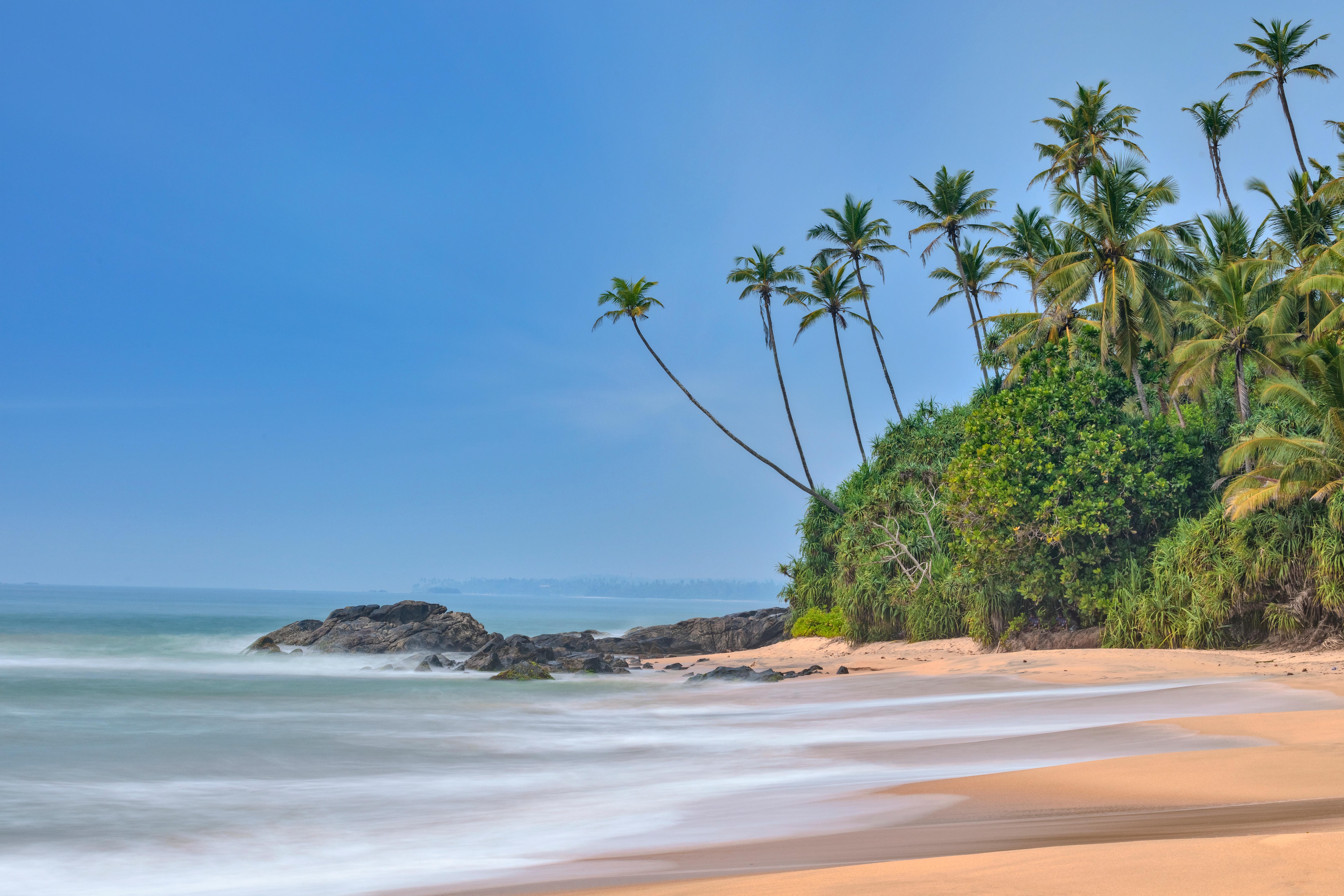
If you look at the map of the Indian subcontinent, Dondra appears as a tiny dot at its southernmost tip. Sail south from here, and you would reach no land mass before Antarctica.
Its an ideal place to tie up your boat and begin your exploration of Serendib (Island of Jewels), as Muslims called Sri Lanka.
Emerald vegetation, azure waters, and white sands define the beaches here. Colourful fishing boats and untouched nature provide postcard moments, but what makes the town special is its history, seen in its temples and the country’s oldest lighthouse.
Excavations have shown that Dondra was a place of human settlement in the 5th century BC, and it remained one of the most important places in Sri Lanka until the late 16th century. Its international trade prospered, and culture and religion thrived. The temples of Dondra were gilded and their towers covered with gems that glittered so much they could be seen by passing seafarers.
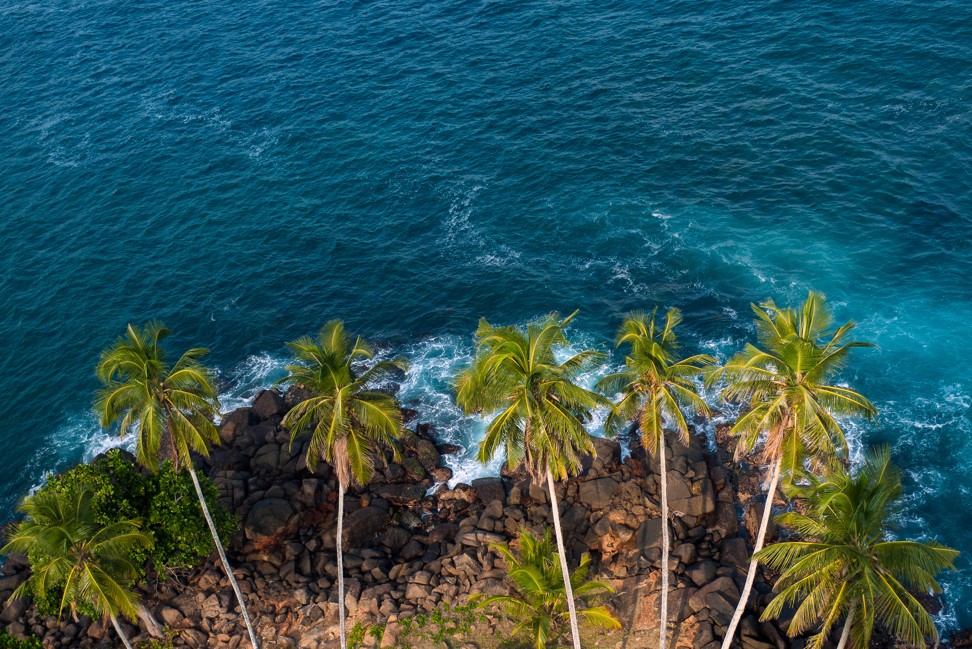
Palm trees, like these next to the town’s lighthouse, fringe the Bay of Dondra. Photo: Alamy
These ancient temples were demolished by the Portuguese in 1587 during a war with the Sinhala king Rajasinha 1, and today Dondra neither has gold nor jewels.Reaching Dondra from New Delhi, my hometown, has taken me a flight, a train and a bus. The train from Galle [1] to Matara, 8km from Dondra, affords the traveller excellent views of the Sri Lankan countryside, as it chugs past rice paddies, streams, colonial buildings and clusters of homes, and time to make friends with fellow passengers.
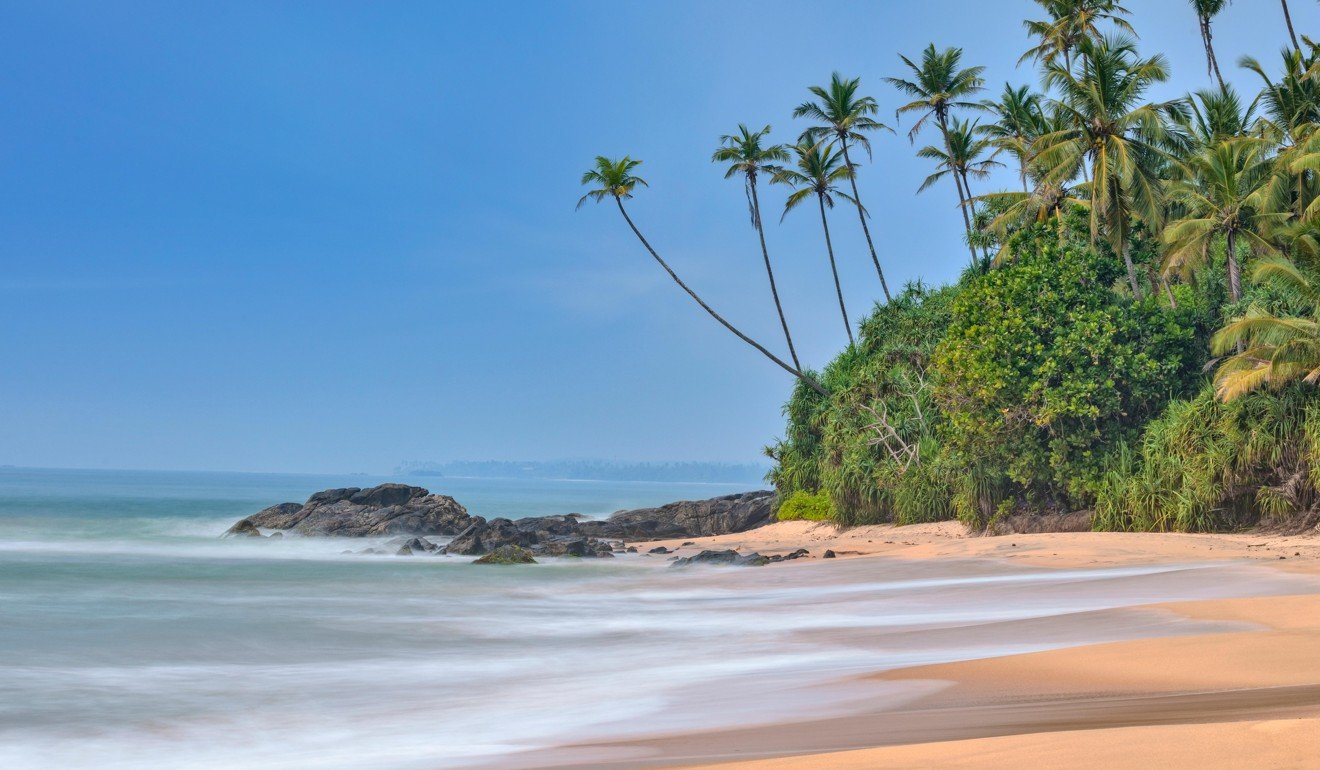
The beach at Dondra, Sri Lanka. The Indian Ocean waves are popular with surfers. Photo: Alamy
There are few people to be seen at Dondra when I get off the bus from Matara around noon. There is a clock tower, a few shops, some tuk-tuks and a flagpole flying the national flag. The morning breeze has already given way to bright sun, and the heat seems to have forced townspeople indoors.
Which way is the lighthouse?” I ask the man at an old grocery shop where I stop to buy a bottle of water. Fresh pineapples and plantains hang from its slanted roof, and the ripe mangoes are tempting. The lighthouse is down that road,” says the man, pointing. But you must visit the temples first, they are just around the corner.”
Walking on, I’m debating whether to head first to the temples or the beach when I spot a three-arch gate painted in bright yellow with a slanting blue roof. Its walls are decorated with mythical nymphs and ferocious lions; inside, orange-robed men wander. I’ve stumbled upon a reconstruction of the Vishnu temple the Portuguese destroyed.
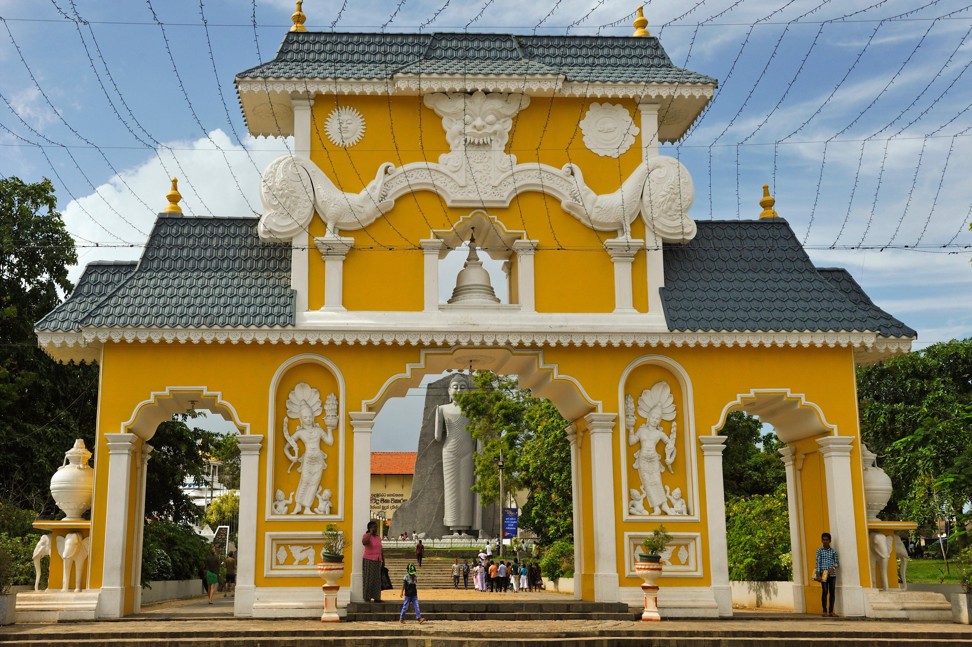
The entrance to the Uthpalawanna Sri Vishnu Devalaya Temple at Dondra. Photo: Alamy
On one side is a towering Buddha, on the other a blue, three-tiered building. Behind the Buddha are long rows of orange- roofed quarters; some worn stone pillars protrude from the ground before me.
The blue building is the reconstruction of the Vishnu temple after which the ancient town of Dondra was named, Devi-nuwara (home of God). The Hindu god is the presiding deity here, represented by a seated blue idol with deep-set eyes.
Its walls are covered in paintings depicting the life of Vishnu and his incarnations. The ceiling is painted with elaborate mandalas – some seem to be fairly new, others are worn with age. Outside, the courtyard is fragrant with incense and fresh flowers.
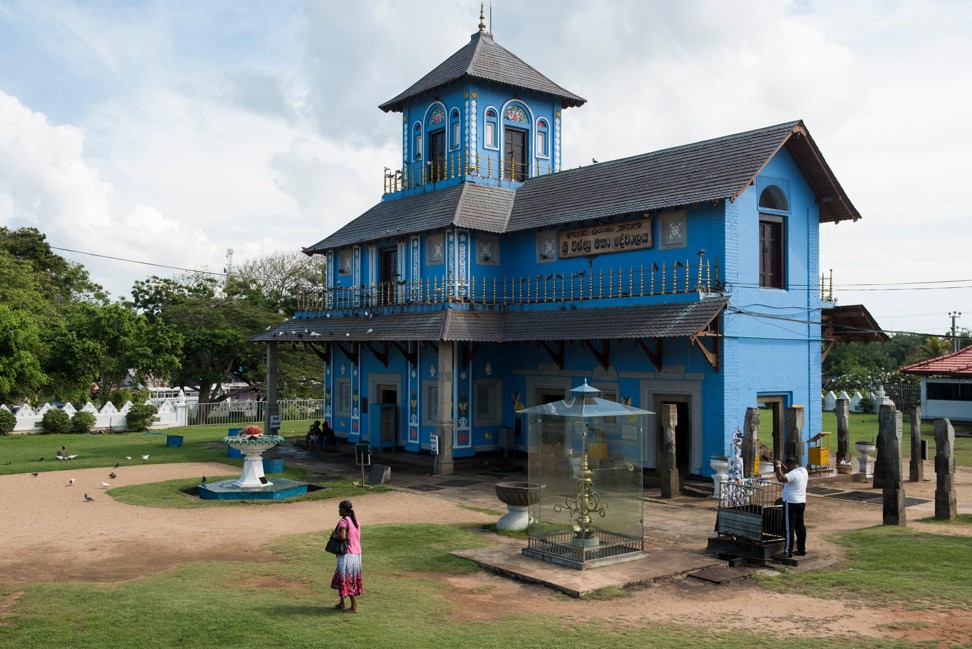
The devalaya, or temple, to the Hindu god Vishnu at Dondra. Photo: Alamy
I return to the road, where a handful of tourists with surfboards are making their way to the beach.
Even if it was a large city once, Dondra is a small town now. With few vehicles on the roads and the weather pleasant, it is easy to walk around, and friendly locals are on hand to help you find your way. I enter a quiet, tree-lined street of large colonial bungalows with circular porches and iron gates. Bright pink bougainvillea hang heavy from faded white boundary walls; coconut palms peep from courtyards.
Tired now from the travel and walking, I’m beginning to wonder how long it will take me to reach the lighthouse when I spot a young man on a motorbike.

A plaque on the exterior of the Vishnu Devalaya at the Dondra temple recounts its rebuilding in the 20th century. Photo: Anubhuti Krishna
He introduces himself as Sanjiva Kumara, a spice salesman, and offers to drop me at the lighthouse. The lighthouse of Dondra opened in 1890. It is the oldest and the tallest in Sri Lanka at 49 metres,” Kumara tells me, proudly. The lighthouse is controlled by the navy. It’s not accessible without the permission of the harbourmaster. The beach and the cape need no permissions, though.”
In less than five minutes I am standing in front of the lighthouse. To the left is a small beach, devoid of people; to the right is a lawn lined with jasmine trees. Beyond the lighthouse The Indian Ocean stretches as far as one can see. Other than a young couple holding hands shyly, there are no other people around. A lone ship bobs on the horizon.
Getting there: from Colombo or Galle, take an intercity train to Matara. You can buy tickets at the railway station. In Matara you need to get to the bus station, about a kilometre from the railway station, and take a local bus to Dondra, which is a 20- to 25-minute ride. Alternatively, you can travel to Dondra by road from Colombo (about three hours) or Galle (about an hour). The roads are great and cabs are cheap. Book at Lotus Cabs (lotuscabs.lk) or Colombo Cabs (colombocabs.com)
Staying there: To stay like a local, check into any of the mid-range bed-and-breakfasts or homestays near the beach and lighthouse in Dondra. Galle and the nearby coastal towns of Weligama and Mirissa have luxury resorts and hotels, which are a good option. It is also possible to see Dondra in a day trip from Galle or Colombo.Source URL: https://scmp.com/lifestyle/travel-leisure/article/3021164/place-escape-crowds-sri-lankas-farthest-south-dondraLinks
[1] https://www.scmp.com/magazines/post-magazine/travel/article/2186319/what-do-galle-sri-lanka-laid-back-long-weekend